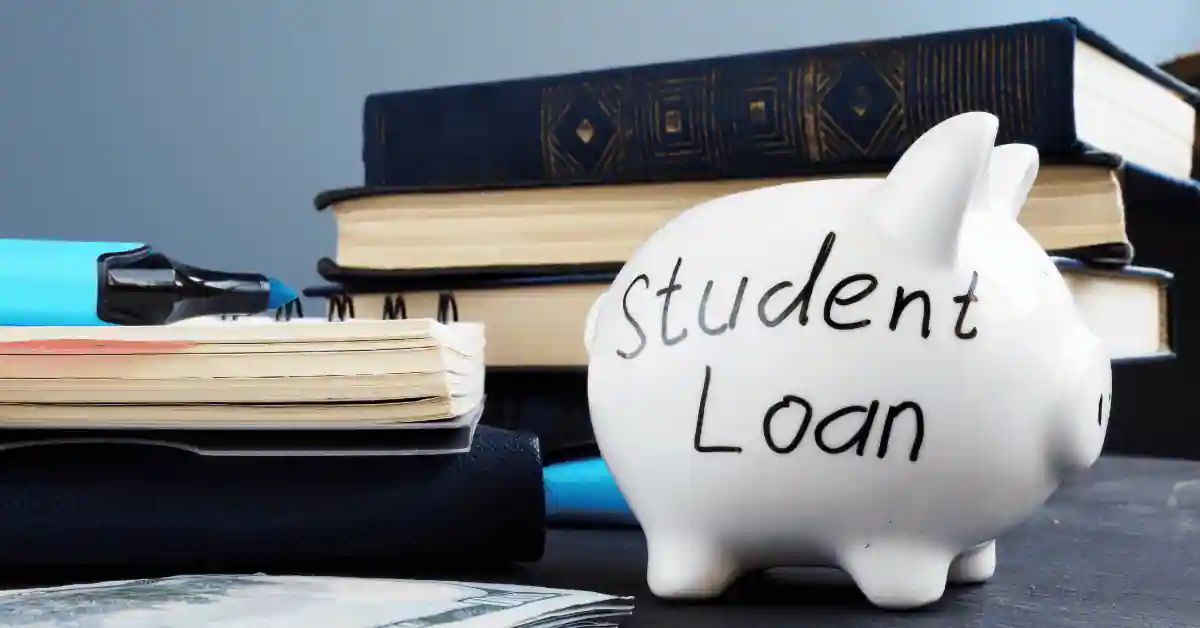Thinking about studying in Korea? Amazing choice! Korea’s culture, education, and food (hello, kimchi!) are just a few reasons why students are heading East. But there’s one tiny thing that might be on your mind: How on earth do you pay for it? Don’t worry—we’re here to walk you through all your options for loans for study in Korea, so you can focus on planning the more important stuff (like which K-pop concert you’ll attend first).
1. Why Study in Korea?
Korea isn’t just K-pop and K-dramas (although those are pretty great). It has some of the best universities in the world, especially for tech, engineering, and business. Plus, with amazing cultural experiences and a growing global reputation for educational excellence, Korea is an ideal destination for studying abroad. But before you get too carried away with your study abroad dreams, let’s figure out how to finance it.
1.1 The Real Cost of Studying in Korea
You might be wondering—how much does it actually cost? Tuition fees at Korean universities can vary, but generally, they are more affordable compared to the U.S. You can expect to pay between $4,000 and $10,000 per semester for most undergraduate programs. Add living expenses (which vary depending on your taste for street food vs. fancy restaurants), and you could be looking at around $15,000 – $20,000 per year.
1.2 Top Universities in Korea
Korea is home to some world-renowned universities, such as Seoul National University, KAIST, and Yonsei University. These institutions offer quality education and a wide range of programs for international students. Understanding the costs associated with these universities can help you plan your finances better.
2. Loan Options for U.S. Students Studying in Korea
Luckily, there are loan options available for students who want to study in Korea. Let’s break them down so you can find the one that’s right for you.
2.1 Federal Student Loans
Federal student loans are one of the best options if you’re a U.S. citizen planning to study in Korea. Why? Because they often have lower interest rates and more flexible repayment options compared to private loans. Here’s a quick rundown:
- Direct Subsidized Loans: For undergraduate students with financial need.
- Direct Unsubsidized Loans: Available for undergraduate and graduate students, regardless of financial need.
- Direct PLUS Loans: For graduate students and parents of dependent undergrads.
2.1.1 How to Apply for Federal Student Loans
To apply for federal student loans, you need to complete the Free Application for Federal Student Aid (FAFSA). Make sure to list the Korean university you plan to attend on your application to ensure they receive your financial aid information.
2.2 Private Student Loans
Federal loans not covering the whole bill? Private student loans can bridge the gap. These loans typically require a good credit score or a cosigner, so keep that in mind. Some popular private lenders like Sallie Mae and Discover offer loans that can be used for studying abroad.
2.2.1 Pros and Cons of Private Student Loans
- Pros: Can cover expenses that federal loans do not; flexible use.
- Cons: Higher interest rates; may require a cosigner; fewer repayment options.
2.3 Korean Government Scholarships and Loans
The Korean government is pretty generous to international students. They offer scholarships like the Global Korea Scholarship (GKS), which can cover tuition, living expenses, and even airfare. Though it’s technically not a loan, it’s worth mentioning—free money is always better than borrowed money, right?
If you’re looking for loans directly from Korean institutions, some Korean banks offer student loan options, but these can be trickier for international students to access without a Korean guarantor.
2.3.1 Applying for Korean Scholarships
To apply for scholarships like GKS, you typically need to submit an application through the Korean embassy in your home country or directly to the university. Be prepared with documents like transcripts, recommendation letters, and a statement of purpose.
3. Scholarships vs. Loans: What’s the Best Way to Fund Your Studies?
3.1 Scholarships: Free Money (But Not Easy to Get)
Who doesn’t love free money? Scholarships are ideal, but they’re competitive. Look into both U.S. and Korean scholarships, as well as those from third-party organizations like Fulbright and Gilman Scholarships.
3.1.1 Types of Scholarships Available
- Merit-Based Scholarships: Awarded based on academic achievement.
- Need-Based Scholarships: For students with demonstrated financial need.
- Program-Specific Scholarships: Offered for specific fields of study, like STEM or business.
3.2 Loans: Pay Now, Pay Later
If you can’t secure a scholarship, loans are the next best option. Just remember—loans need to be repaid (with interest), so be sure to only borrow what you need.
3.2.1 Balancing Loans and Scholarships
It’s often a good idea to use a combination of both scholarships and loans. Scholarships can reduce the amount you need to borrow, making it easier to manage your finances after graduation.
4. Tips for Managing Your Student Loans
4.1 Borrow Smartly
Only borrow what you need. Remember, the more you borrow now, the more you’ll have to repay later. Plus, interest can make those loans grow fast—like a gremlin fed after midnight.
4.2 Know Your Repayment Options
Federal loans often come with flexible repayment plans, including income-driven repayment. Private loans? Not so much. Make sure you understand the terms before signing anything.
4.2.1 Federal Loan Repayment Plans
- Standard Repayment Plan: Fixed payments over 10 years.
- Income-Driven Repayment: Payments based on your income and family size.
4.3 Consider Working Part-Time
Getting a part-time job while studying in Korea is also an option. Many students work as English tutors or even pick up shifts at local cafes. Not only will you earn some extra cash, but you’ll get a real taste of everyday life in Korea.
4.3.1 Work Restrictions for International Students
Make sure to check the visa regulations regarding part-time work. Most student visas in Korea allow part-time work, but there are restrictions on the number of hours you can work per week.
5. Pros and Cons of Studying in Korea with a Loan
5.1 Pros
- Access to Top-Notch Education: You’ll experience a unique and rigorous education system.
- Personal Growth: Studying abroad helps you grow—and loans help you get there!
- Cultural Immersion: There’s nothing like living in Korea to fully immerse yourself in the culture.
5.2 Cons
- Debt: Let’s be real—debt isn’t fun, but it’s sometimes necessary.
- Currency Fluctuations: Depending on exchange rates, managing loan repayments while living in a different currency can be a challenge.
5.2.1 Strategies to Minimize Debt
- Budget Wisely: Stick to a budget to avoid overspending.
- Use Scholarships: Apply for as many scholarships as possible to reduce loan dependency.
6. FAQs About Loans for Study in Korea
6.1 Can I Use Federal Loans for Studying in Korea?
Yes, many Korean universities are approved for federal student loans. Just check with your school to make sure.
6.2 Are Private Loans a Good Option?
Private loans can help fill the gap when federal loans aren’t enough, but they usually have higher interest rates.
6.3 How Do I Apply for Scholarships to Study in Korea?
Start by looking into the Global Korea Scholarship, and also explore options through your university and private organizations.
6.4 What Are the Living Costs Like in Korea?
Living costs in Korea can be reasonable—especially if you stick to budget-friendly options like local food and shared housing. Budget around $1,000 – $1,500 per month.
6.5 Is It Worth Taking a Loan to Study in Korea?
If studying in Korea aligns with your career and personal goals, it can absolutely be worth it—just make sure you have a solid plan for repayment.
7. Additional Resources
7.1 Useful Websites
- FAFSA: fafsa.ed.gov – Apply for federal student aid.
- Global Korea Scholarship: studyinkorea.go.kr – Learn more about Korean government scholarships.
- EducationUSA: educationusa.state.gov – Resources for U.S. students studying abroad.
7.2 Financial Planning Tools
- Loan Calculators: Use online loan calculators to estimate your monthly payments.
- Budgeting Apps: Apps like Mint and You Need A Budget (YNAB) can help you keep track of your spending.
Final Thoughts
Studying in Korea can be the experience of a lifetime. While loans for study in Korea might seem daunting at first, with a little planning (and a lot of ramen), you’ll find a way to make your dream a reality. Just remember to weigh your options, borrow smart, and make the most of your time abroad. Ready to start your adventure? Korea is waiting!






